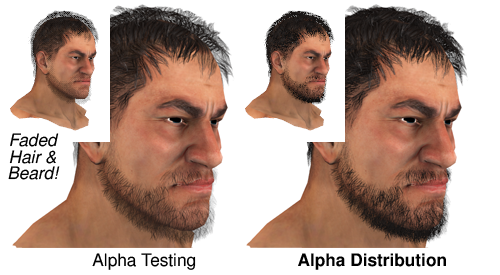- implements foveated rendering through usage of log-polar transformation
- gbuffer is written as normal, attributes transformed into sub-resolution textures using a log-polar transformation
- shading is done in log-polar space before the results are transformed back into Cartesian space
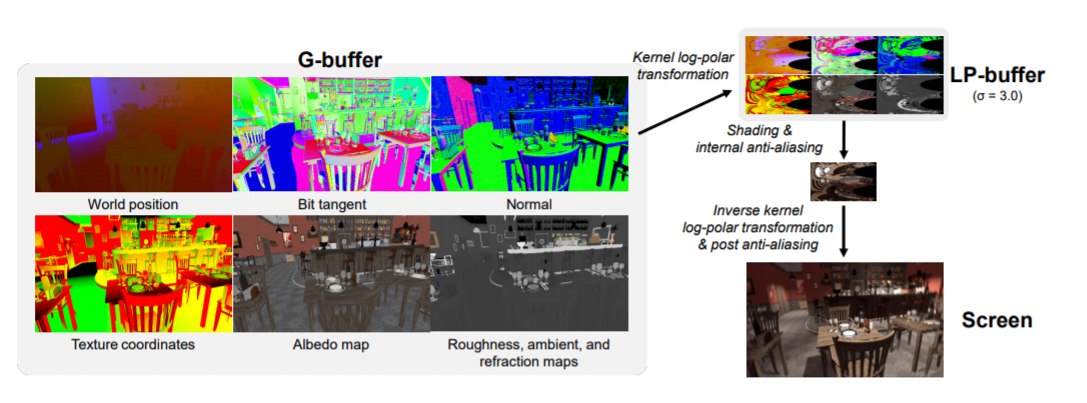
- Intro to sampling theory and how different sampling patterns influence the aliasing that can be observed
- explanation of why the default D3D11 MSAA has been chosen
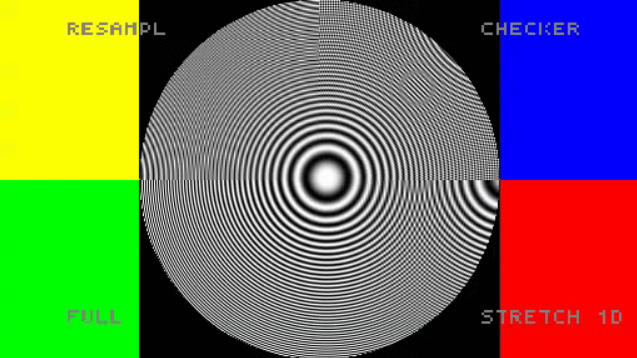
- description of a shader effect that dissolves triangles outside of a spherical effect range
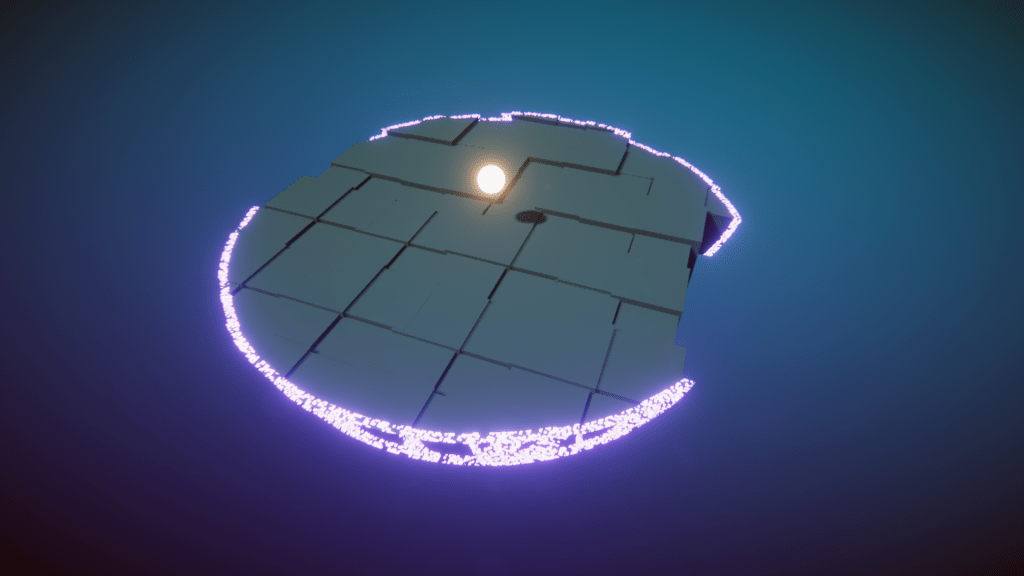
- slerp between two orientations takes the shortest path on a 4D hypersphere
- author wants the shortest arc in 3D instead
- decomposes rotation into swing and twist operations
- these are interpolated independently and concatenated to form the final rotation
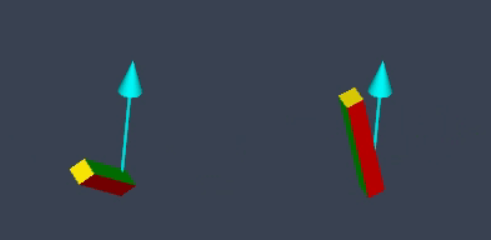
- start of series that will look at lack of multi scattering in common analytical BSDFs and solution
- only modelling single scattering causes significant energy loss on rough surfaces
- post shows visual example that up to 60% of energy can be lost

- derivation of the multi-scattering GGX BRDF
- provides source code and precomputed lookup tables
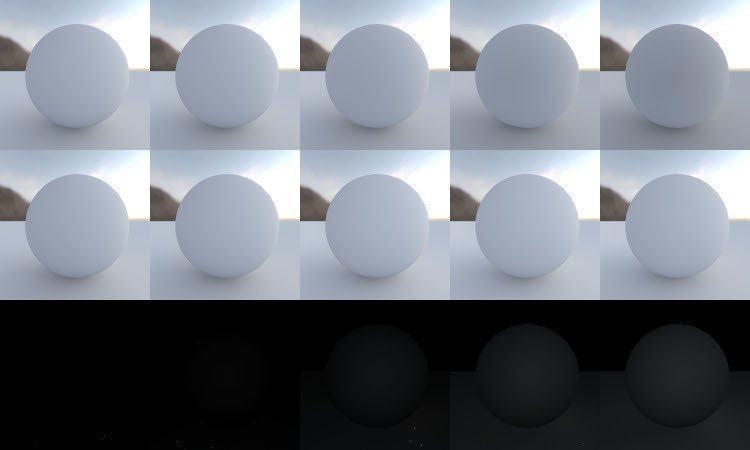
- explains what shader variations are
- how to compute the amount of variations created for a shader
- how unity decides what variations to include
- Unity 2018.2 beta adds the possibility to control shader variation compilation from a C# script
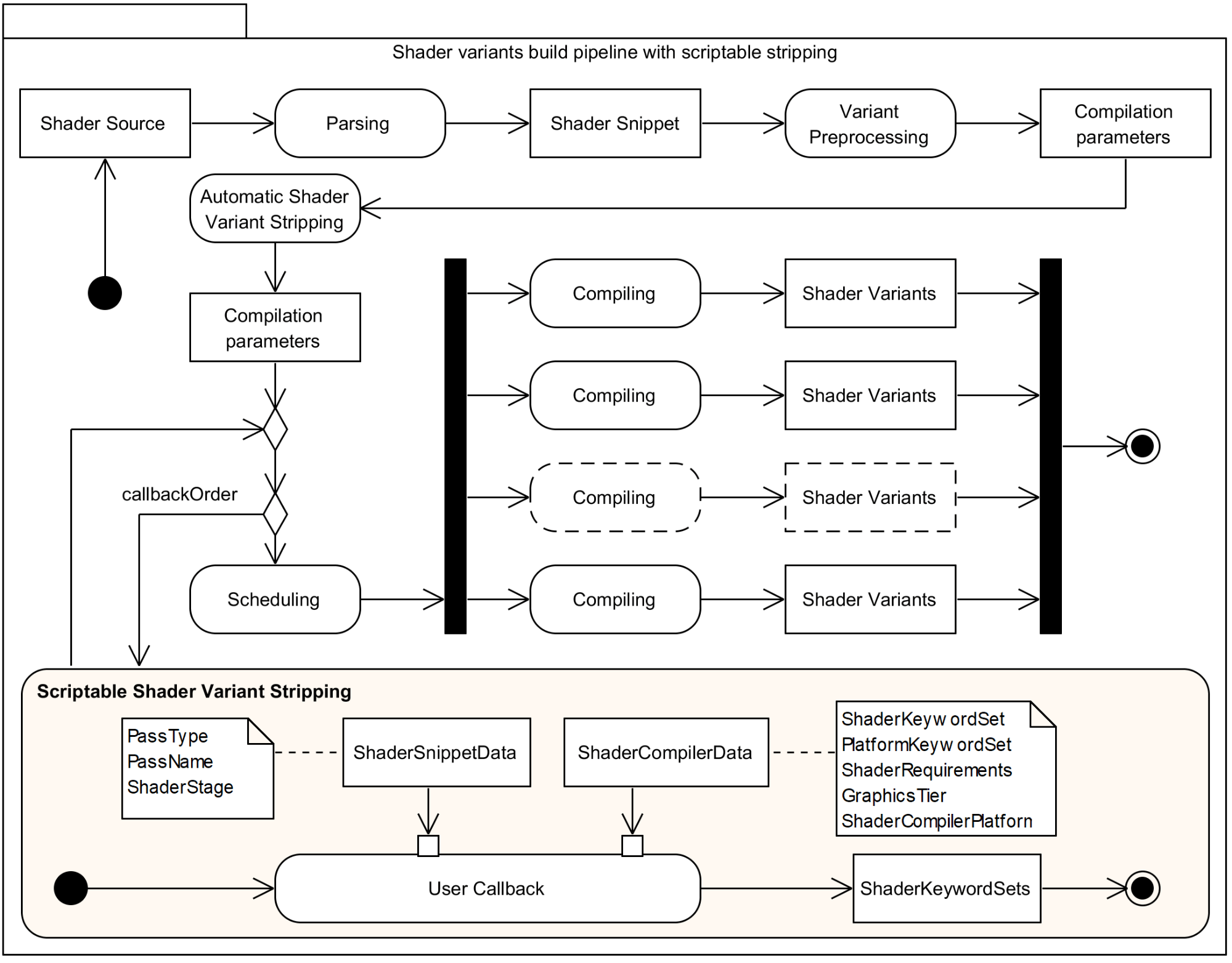
- new image diff option allows visualization of pixel difference between compressed / uncompressed textures
- adds model optimizations (vertex cache, overdraw, vertex prefetch optimizations)
- draco compression support
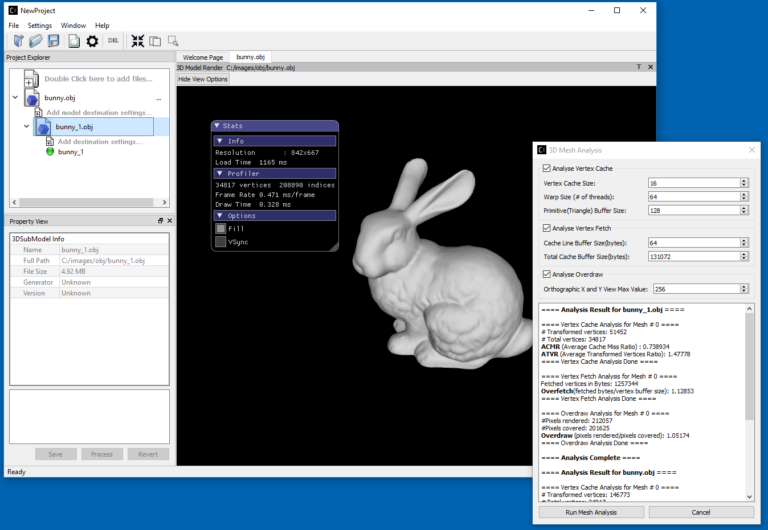
- tool that allows to only include vulkan functionality that you need
- comparison of header sizes and influence on compile time, startup time
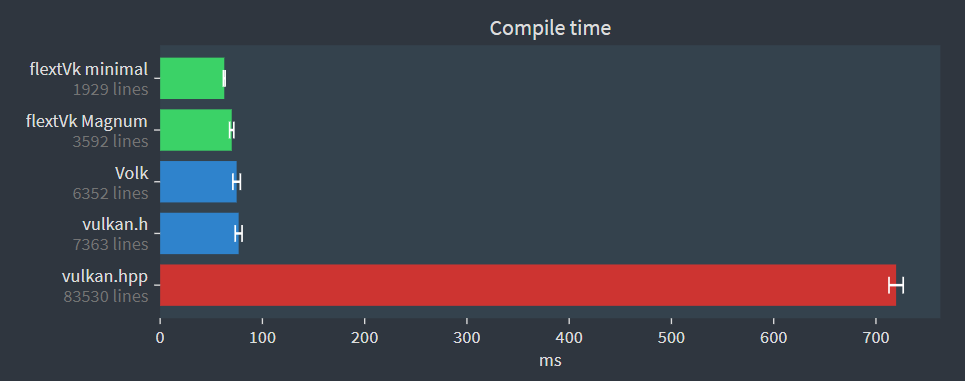
- introduction into vectors as functions and dual space
- how to transform dual vectors
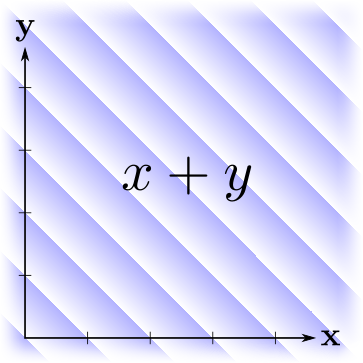
- uses ShaderGen to write shaders in C# and compile them into the target shader language for D3D11, Metal, OpenGL and vulkan
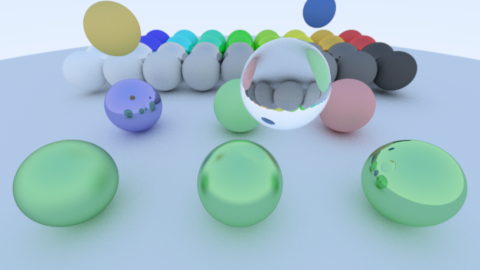
- website that allows compilation of shaders with a multitude of shader compilers and inspect the available outputs
- possibility to chain compilers together
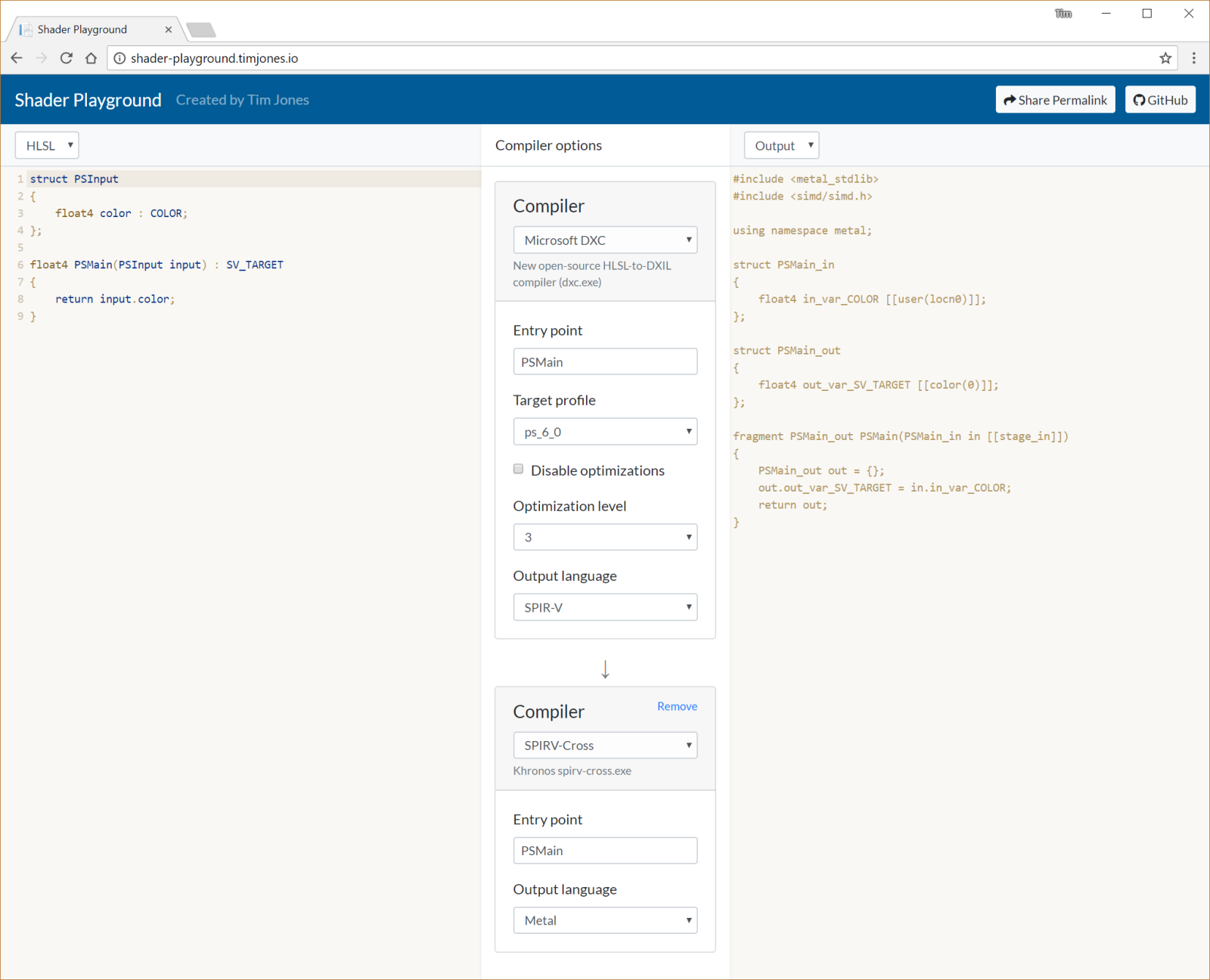
- tutorial how to use the VK_EXT_debug_utils extensions
- combines old debug extensions into a unified one and adds more possibilities
- allows more details to be reported from the validation layer and tools that support the extension
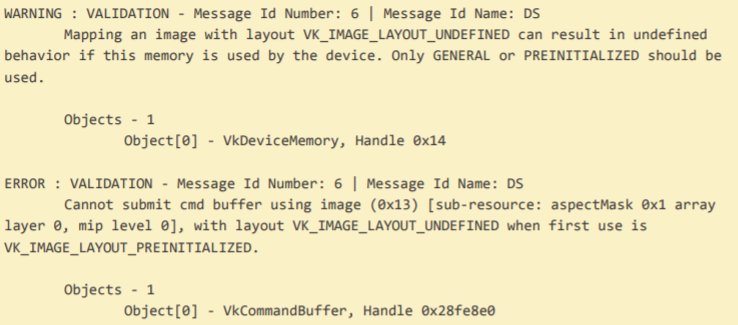
- technical details about the font rendering algorithm used in slug
- presents one method to derive the slerp formula for quaternions
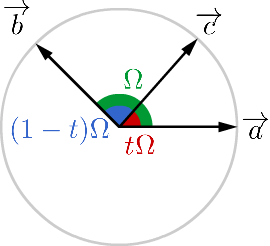
- discusses issues with composability, how complexity poses a problem of sharing research results
- list of frameworks for research
- how the scriptable render pipeline of unity allows more flexibility and still hides most of the complexity
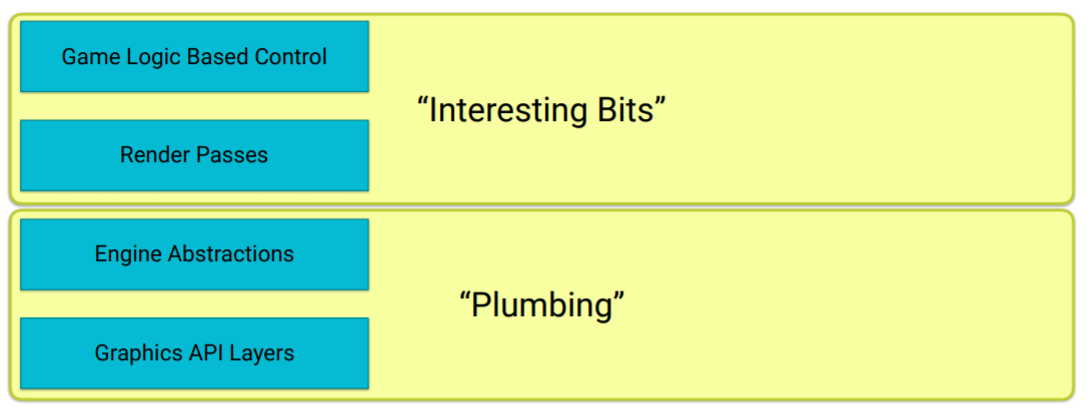
- discusses problems with using a texture atlas
- set of scripts to help with the creation, management and usage of texture arrays in unity
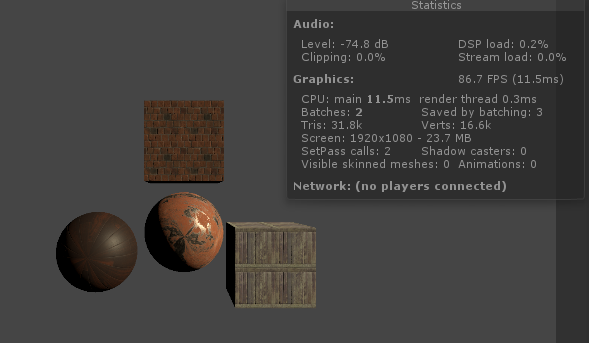
- technique that helps to reduce problems of disappearing geometry for alpha tested geometry
- no runtime changes required, only changes the way mips are generated
